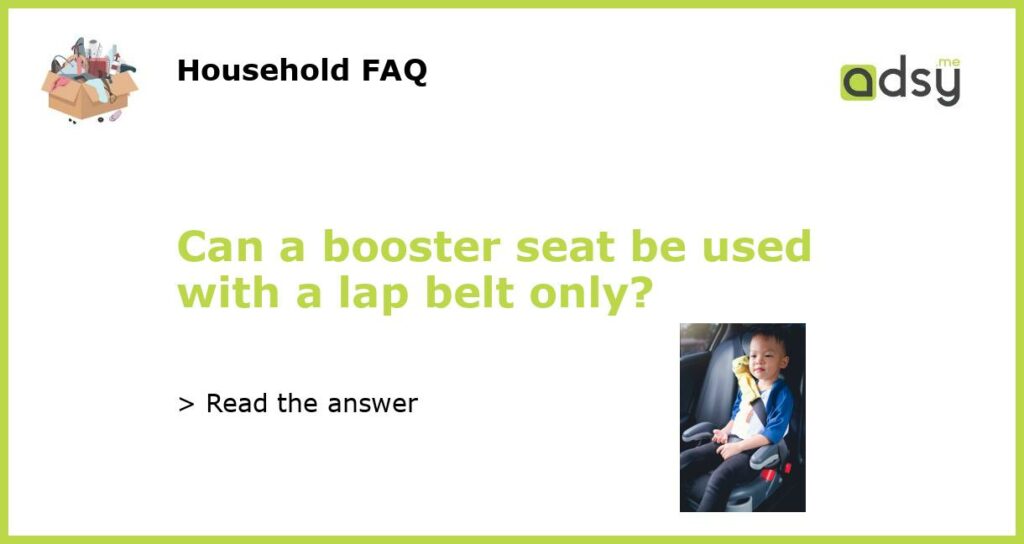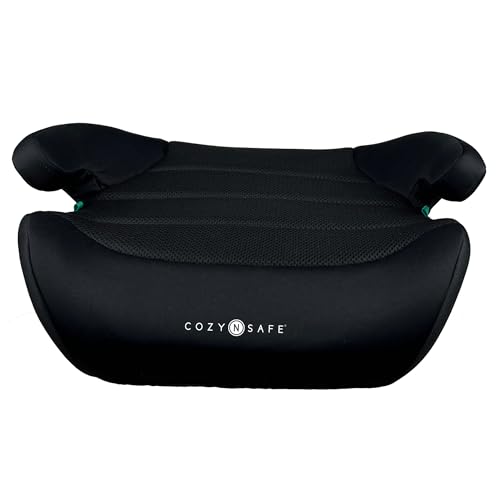Understanding Booster Seats and Lap Belts
Booster seats are an important safety component for young children who have outgrown their car seats but are still too small to use an adult seat belt. However, many parents and caregivers are confused about whether a booster seat can be used with a lap belt only. According to the National Highway Traffic Safety Administration (NHTSA), a booster seat must always be used with both a lap and shoulder belt for maximum safety.
Why a Lap Belt is Not Enough
A lap belt is designed to fit across the child’s lap, but without a shoulder belt, it does not provide adequate protection in a crash. In fact, the force of the impact can cause serious injuries to the child’s abdomen, hips, and spine, leading to lifelong disabilities or even death. By using a booster seat with both a lap and shoulder belt, the child is properly restrained and the force of the impact is distributed across the strongest parts of the body.
The Importance of Proper Fit
In addition to using both a lap and shoulder belt, it is important to ensure that the booster seat fits the child properly. The lap belt should fit snugly across the child’s hips, not their abdomen, and the shoulder belt should cross the middle of the shoulder and chest without cutting into their neck or slipping off their shoulder. If the booster seat doesn’t provide a proper fit, the child is not adequately protected and the risk of injury increases.
Alternative Options
If a lap and shoulder belt are not available in the car, there are alternative options for ensuring the child’s safety. One option is to use a car seat that is designed for use with a lap belt only, such as a harnessed booster. Another option is to install a lap and shoulder belt in the car, which can be done by a certified technician.
Booster seats play a critical role in protecting young children in the car, but they must be used correctly to be effective. Always use a booster seat with both a lap and shoulder belt, ensure a proper fit, and consider alternative options if necessary. By following these guidelines, you can help keep your child safe on the road.






